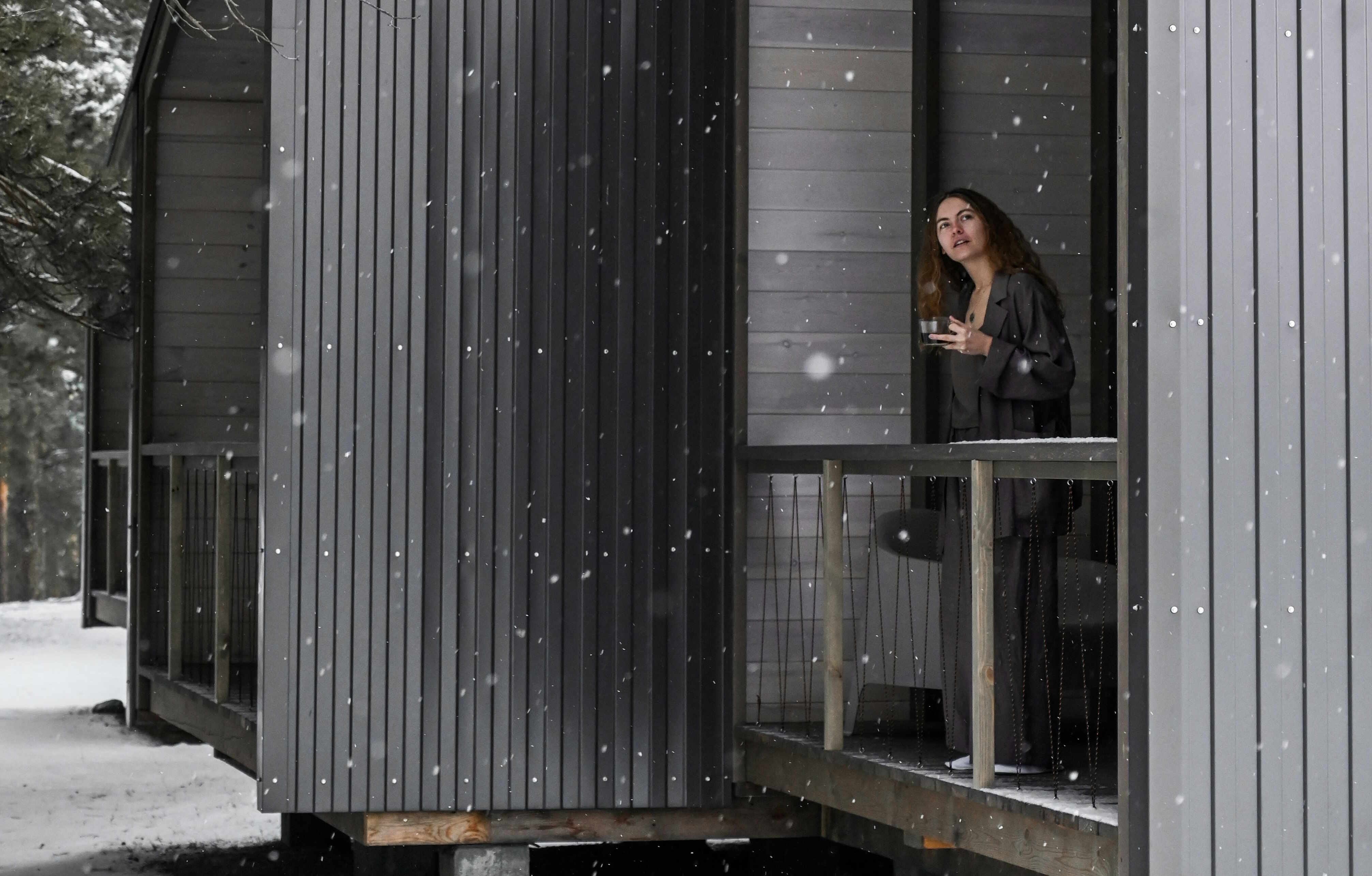Are Retirement Villages in Australia Affordable in 2025?
In 2025, retirement villages in Australia remain a popular housing option for older Australians seeking community, security, and lifestyle amenities, but affordability continues to be a key concern. While entry prices vary widely depending on location, size, and services offered, many villages in metropolitan areas have become increasingly expensive, often aligning with rising property values. Regional options can offer more affordable alternatives, though they may come with fewer facilities. Additionally, ongoing fees for maintenance and care services can add to the overall cost. For retirees on fixed incomes, affordability depends largely on personal financial circumstances, government support, and the ability to downsize effectively.

How Retirement Village Prices Compare to General Housing Costs
Retirement village living presents a distinctly different financial model compared to traditional homeownership or renting in Australia. While general residential property requires outright purchase or ongoing rent payments, retirement villages typically operate under various financial arrangements including loan-license agreements, leasehold arrangements, or strata title purchases.
In 2025, the entry costs for retirement villages generally remain lower than median house prices in the same localities, particularly in metropolitan areas. This price difference reflects the unique ownership structure where residents purchase the right to occupy rather than freehold ownership. For many retirees downsizing from family homes, this can release significant equity while maintaining a comfortable standard of living.
However, retirement village living includes additional costs that traditional housing does not. Monthly service fees typically range from $400 to $1,200, covering maintenance, amenities, and staff. Furthermore, deferred management fees (DMF) or exit fees can consume 20-40% of the initial purchase price upon departure, significantly affecting the overall long-term cost comparison.
Differences Across States and Locations
Retirement village affordability varies dramatically across Australia’s diverse landscape in 2025. Premium retirement communities in Sydney and Melbourne continue to command the highest entry fees, with luxury options exceeding $1.5 million in prime locations. Meanwhile, regional centers in Queensland and South Australia offer more affordable alternatives, with entry prices sometimes below $300,000.
Western Australia has seen moderate growth in retirement living options, with Perth’s offerings spanning a wide price range depending on proximity to the city center and included amenities. The Northern Territory and Tasmania, while having fewer retirement village options, generally present more affordable entry points but potentially higher ongoing costs due to economies of scale.
Location within states also significantly impacts affordability. Coastal and inner-city retirement communities command premium prices, while those in outer suburban or regional areas offer better value for money but potentially less convenience to major services and family connections.
The Hidden Costs of Retirement Village Living
Beyond the advertised entry prices, prospective residents must carefully consider several less obvious costs that impact overall affordability. Monthly service fees can increase annually above inflation rates, potentially straining fixed incomes over time. Renovation restrictions may limit the ability to modify units to meet changing needs without additional costs.
Special levies for major capital works can also arise unexpectedly, though many modern contracts now cap these contributions. Healthcare service costs often begin as optional extras but may become necessary as residents age, adding substantial ongoing expenses not initially factored into budgeting.
Perhaps most significantly, the complex exit fee structures can substantially reduce the capital available when leaving a village. These fees, calculated as a percentage of either entry price or resale value, compound over time and can significantly impact estate values and the ability to fund higher care needs later in life.
Retirement Village Prices Compared to General Housing Costs: A Detailed Look
The financial comparison between retirement village living and general residential housing reveals interesting patterns in 2025. While the upfront costs may appear lower, the total lifetime cost requires careful analysis to determine true affordability.
| Housing Type | Average Entry Cost | Monthly Ongoing Costs | Exit Fees | Long-term Financial Impact |
|---|---|---|---|---|
| Retirement Village (Metropolitan) | $550,000 - $950,000 | $650 - $1,200 | 20-40% of entry/exit price | Reduced capital growth, DMF impact |
| Retirement Village (Regional) | $280,000 - $550,000 | $450 - $850 | 20-35% of entry/exit price | Lower appreciation but cheaper entry |
| Standard House (Metropolitan) | $950,000 - $1,800,000 | $350 - $650 | None | Full capital growth, higher maintenance |
| Standard Apartment (Metropolitan) | $550,000 - $950,000 | $450 - $850 | None | Moderate capital growth, lower maintenance |
| Standard Housing (Regional) | $380,000 - $680,000 | $250 - $450 | None | Variable growth, higher maintenance responsibility |
Prices, rates, or cost estimates mentioned in this article are based on the latest available information but may change over time. Independent research is advised before making financial decisions.
The Importance of Seeking Legal and Financial Advice
Given the complexity of retirement village contracts and their significant financial implications, obtaining proper legal and financial advice has never been more crucial than in 2025. Contracts often exceed 100 pages and contain complicated clauses affecting both current lifestyle and future financial security.
Financial advisors specializing in retirement planning can conduct personalized modeling that accounts for entry costs, ongoing fees, potential fee increases, and exit costs against projected investment returns and pension entitlements. This comprehensive approach helps retirees understand whether a particular retirement village represents genuine affordability based on their specific circumstances.
Legal professionals experienced in retirement village contracts can identify potential pitfalls, negotiate better terms, and ensure residents understand their rights and obligations before signing. This upfront investment in professional advice typically costs between $2,000 and $5,000 but can save tens of thousands in the long run while providing valuable peace of mind.
Industry bodies and consumer advocacy groups also offer resources to help navigate the complex decision-making process, though these should supplement rather than replace personalized professional advice.
Conclusion
The affordability of retirement villages in Australia in 2025 remains highly individualized, depending on location preferences, desired amenities, financial circumstances, and future care needs. While entry prices appear competitive compared to general housing in many areas, the full financial picture must account for ongoing costs and exit fee structures. For many retirees, the lifestyle benefits and care options justify the complex financial model, while others may find traditional housing with in-home support services more economically advantageous. Ultimately, thorough research, professional advice, and careful financial planning remain essential to determining whether retirement village living represents an affordable option for Australia’s diverse senior population.



